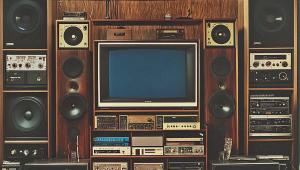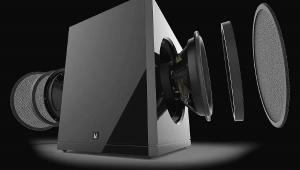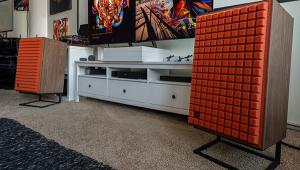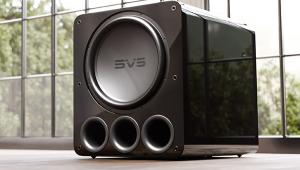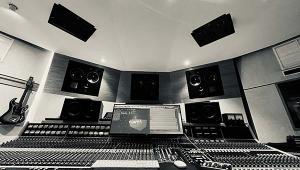How to Buy Surround Sound Page 4
Many surround speakers use a dipole or bipole design, which radiates sound equally from the front and back to create a more spacious effect. Some models even let you select the sound-radiation pattern, and some have a dual-speaker mode that lets one speaker convey two different channels - a great option if you want 7.1-channel playback but don't have room for two extra speakers.
There are literally hundreds of speakers available, from high-value budget offerings to sky's-the-limit designs. While most home theater speakers are sold as a complete system, including a subwoofer, you can also buy speakers à la carte, giving you the freedom to more finely tailor a system to your needs. Just make sure they all have the same tone, or your attention will be drawn away from the movie or music toward the distinctly different sounds of the speakers themselves. Getting a good sonic match usually means buying all the speakers from the same manufacturer, and often from the same line of products. If you're expanding from a stereo system to surround sound, but your stereo speakers aren't being made anymore, try matching them to speakers from the same brand.
Hideaway Speakers 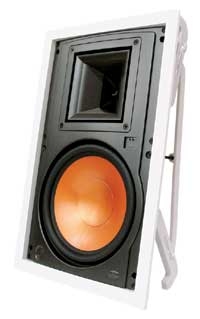 In-wall (pictured right), ceiling, and slim-profile on-wall speakers have become wildly popular because they take up no floor space, can blend unobtrusively into any décor, and are ideal for use with flat-panel plasma and LCD TVs. Thanks to advances in materials and design, they also sound better than ever and can be used for any channel in a home theater system (there are even in-wall subwoofers). If you decide to go this route, keep in mind that installation is more involved - you'll have to cut into your walls to mount the speakers and to hide the wires leading to them (a good idea even with on-wall speakers). The bottom line here is that, unless you're handy, you'll have to add the cost of professional installation to your budget.
In-wall (pictured right), ceiling, and slim-profile on-wall speakers have become wildly popular because they take up no floor space, can blend unobtrusively into any décor, and are ideal for use with flat-panel plasma and LCD TVs. Thanks to advances in materials and design, they also sound better than ever and can be used for any channel in a home theater system (there are even in-wall subwoofers). If you decide to go this route, keep in mind that installation is more involved - you'll have to cut into your walls to mount the speakers and to hide the wires leading to them (a good idea even with on-wall speakers). The bottom line here is that, unless you're handy, you'll have to add the cost of professional installation to your budget.
Big, Bad BassWatching movies at home is especially thrilling when an onscreen earthquake, explosion, spaceship crash, or battle between giant monsters makes your floor shake and pictures jiggle. The subwoofer, usually a nondescript black box that sits unobtrusively in a corner or behind the couch, holds the key to this visceral impact. Subwoofers have one purpose in life - to produce the deep, rumbling bass that satellite speakers can't. But not all subwoofers are created equal. In fact, their performance, flexibility, and price can vary a lot, so it pays to shop carefully.
The bigger the sub, the louder it will play, so while a small model might be okay for a bedroom or apartment, it's worth considering a larger, more powerful subwoofer - maybe even two - if you have a generous-size room. Virtually all subwoofers have their own built-in power amps and volume controls, and most have other adjustments to help you achieve a seamless blend with the main speakers. Two of the most common controls are labeled crossover and phase.
- Log in or register to post comments
























